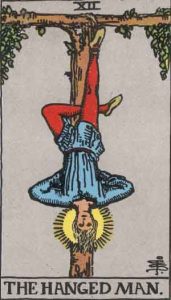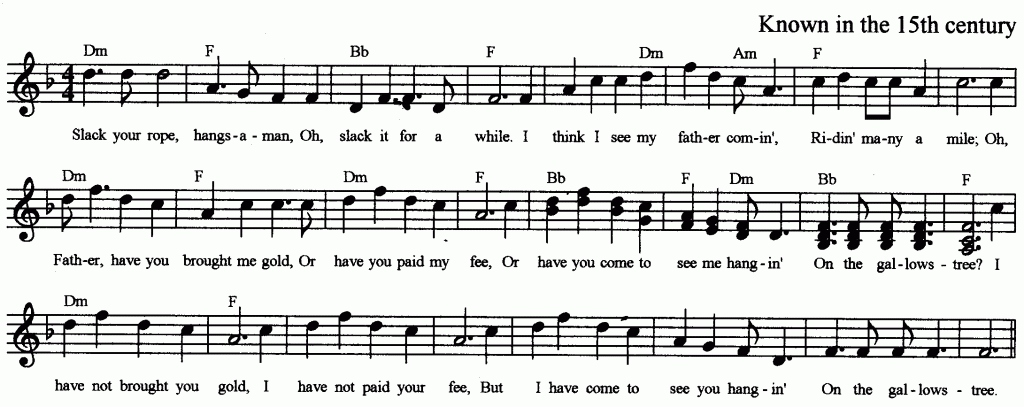 Hangsaman by Shirley Jackson
Hangsaman by Shirley Jackson
My rating: 5 of 5 stars
This is a quote from Shirley Jackson’s NYT obituary:
“Because Miss Jackson wrote so frequently about ghosts and witches and magic, it was said that she used a broomstick for a pen. But the fact was that she used a typewriter–and then only after she had completed her household chores.”
Jackson had an abiding interest in magic, myth, and ritual. She collected grimoires and cats, and allegedly enjoyed gossip about her being a witch.* Whatever spells she used, the typewriter under the influence of Jackson’s magic fingers produced spooky masterpieces, of which Hangsaman is a shining example. I feel that way about The Haunting of Hill House and We Have Always Lived in the Castle too, as do all Jackson fans.
Hangsaman drew me in initially with its subtle black comedy. This is a Jackson version of a coming-of-age tale featuring an eccentric but bright seventeen-year-old girl named Natalie Waite who struggles with the usual problems of late adolescence, but who has unique methods of dealing with them. As we follow Natalie through her first few months of college life, the comedy persists until about two-thirds of the way through (mostly thanks to hilarious letters sent to Natalie by her father) when it is swallowed up entirely by a sense of coming doom.
Natalie draws the reader slowly and inexorably into her world, as seen through her eyes. Her eyes, though! We don’t know what to make of them. Is she seeing things as they truly are, or is she going mad? On the one hand, Natalie is brimming with the joy and hope of youth, anticipating a brilliant future where her genius will at last shine through and her significance as a person and (hopefully) a writer will be recognised. On the other hand, she suffers acutely from the dawning realisation that she is a social misfit, regarded with wariness by some and made use of by others, but never embraced with affection. In short, she has no friends and no prospects of friendship. It occurs to her that this might actually matter, in the long run; that perhaps a person requires friends and some kind of support to thrive in the adult world. Natalie’s growing sense of displacement, paranoia, and loneliness eventually become our own. We fear for her as we might have for ourselves at her age, or for our own children when they are out in the big world, on their own.
Jackson is masterful at description, pacing, and dialogue. She paints a lurid world over the placid canvas of a New England women’s college campus, circa 1945-1950, but she doesn’t overplay it. Jackson allows us to experience Natalie’s heightened emotions and sense of expectation (always wondering will it be wonderful or terrible, the next thing that happens to me?); but these feelings are attenuated and becalmed by the light and colour and noise of the quotidian world around her. That is, until she leaves that world. About three-quarters of the way through the novel, Natalie follows a convivial pied piper out of town and, at first, we think this is a good thing. But then, typical of Jackson’s writing, the reader finds herself mired in psychological horror that is only barely tolerable. This is the sort of thing O’Connor and Oates do so well too. However, I am happy to say that, unlike O’Connor or Oates, Jackson does not leave us with a dead girl in the end, but with one who steps back from the precipice in the nick of time.
Rumour has it that Hangsaman is based on a story about a young college girl at Bennington who went missing in 1946, but Jackson’s biographer dismisses that claim. Having read the little information we have on Paula Jean Welden, I don’t see any connection except that both girls attended Bennington College and both were depressed (reportedly, in Welden’s case).
If, like me, you are a Shirley Jackson lover, I highly recommend this essay by Benjamin Dreyer, who explains eloquently what makes her one of the finest writers in American literature. I think this description, from an article by Sarah Weinman, is also apt: “Shirley Jackson—author of . . . a number of masterpieces in an eerie, minor key—”
It’s haunting, that key.
Slack your rope, hangs-a-man, oh, slack it for a while
I think I see my father comin’, ridin’ many a mile
Oh, father, have you brought me gold, or have you paid my fee?
Or have you come to see me hangin’ from the gallows-tree?
I have not brought you gold; I have not paid your fee;
But I have come to see you hangin’ from the gallows-tree.
Slack your rope…
I think I see my mother comin’…
Oh, mother, have you brought me gold…
(repeat substituting “brother” for mother)
(repeat substituting “sister” for mother)
(repeat substituting “cousin” for mother)
From miriam berg’s folksong collection
* Please note: I am linking to this article by Joan Schenkar because it makes a few interesting claims. However, I doubt the veracity of the whole piece, even though the author is a well-known playwright and biographer. It seems to me a self-congratulatory essay written at the expense of Hyman and Jackson, and it makes the dubious claim that Jackson read the essay writer’s thesis while the student was at Bennington College, taking courses under Hyman (Jackson’s husband and a then-famous literary critic and intellectual). The real clangor in this claim is that the author was supposedly born in 1952. Shirley Jackson died in 1965, which would have made Shenkar thirteen years old at the very most when she claims to have been a regular visitor at the Hyman-Jackson home and to have had the pleasure of Jackson complimenting her thesis.


